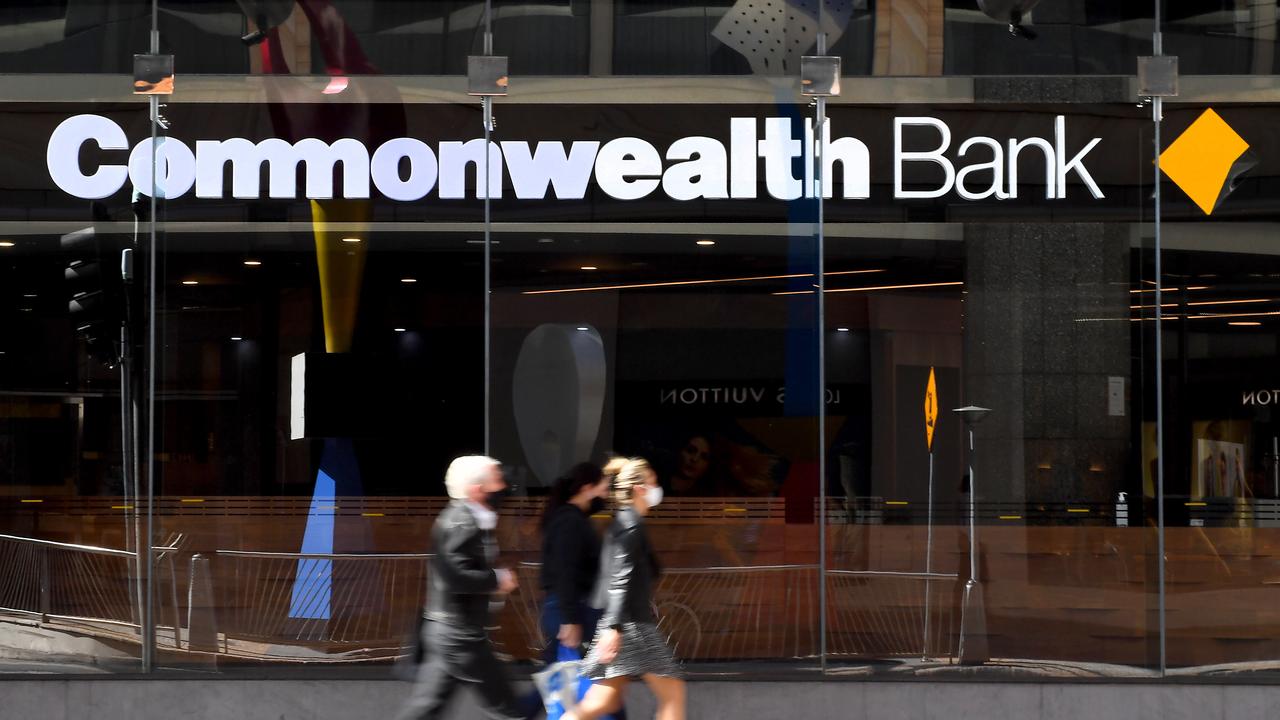Commonwealth Bank makes subtle change to home loan process
Mortgage customers looking to move away from the Commonwealth Bank will now have to add in an extra step before they can start the process.
The Commonwealth Bank has made a subtle change to its mortgage refinancing process in order to provide “more clarity” to customers.
Mortgage customers wanting to leave the bank and move their home loan to another lender must now go through an extra step in order to do so.
To get the external refinancing process started, either the customer or the customer’s mortgage broker must call CBA and speak with a staff member about their decision to dump the banking giant.
Previously, those wanting to start the process of discharging their loan could do so by filling out the relevant form, which was available to download online.
The CBA website now directs customers to call them in order to discuss their external refinance options.
“Make sure you’re getting the most out of your CommBank home loan before you consider refinancing to another lender,” the website reads.
“We’ll need to speak to you (as one of the borrowers), or your recognised broker if you have one.”

Customers are asked to call between 8am and 6pm Monday to Friday to “discuss your options or start your discharge if you choose to continue”.
A CBA spokesperson told news.com.au said the bank updated its refinance process to improve customer service and provide “more clarity” earlier on in the process.
“Following feedback from our customers, lenders and brokers, we now speak with our customers early in the refinance process so that we can help them make an informed decision about the best next steps for them in their property journey,” they said.
“We have a dedicated team of home lending specialists who are on hand to provide our customers with information and clarity about their home loan situation.”
Requiring a phone call in order to discharge a loan is not uncommon for banks.
The move shows CBA may be trying to find new tactics to retain customers and stop them switching over to rival lenders.
This isn’t the only recent change the banking giant has made, with CBA slashing its Extra home loan interest rates for new borrowers last week.
The discount came into effect on September 2 and means owner-occupiers will save 0.1 per cent on their home loan.

It also means investors could experience drops of up to 0.8 per cent.
The lowest variable rate is now 3.69 per cent, down from 3.79 per cent.
Investors with a loan-to-value ratio between 80.01 and 90 per cent can also expect their rates to drop from 5.29 per cent to 4.49 per cent.
CBA said the changes were part of its ongoing review of interest rates and market conditions in order to “remain competitive and meet customer needs”.
It’s the second time CommBank has discounted its variable rates for new customers since the Reserve Bank of Australia hikes began.
The bank also cut its Extra home loan rates by 0.15 percentage points in late June.
The move will likely offer some relief to Aussies currently battling the cost of living crisis, however, the offer doesn’t extend to existing customers.
In a message directed at existing CBA customers, Rate City research director Sally Tindall said those who already have home loans with the bank will not see this discount “unless they do something about it”.
“Don’t bother getting mad with your bank, get even, by entering into some hard negotiations or switching to a lender that values your business more,” she said.
The RBA is expected to raise interest rates once again, with a hike of 0.5 expected on Tuesday.
The move will be the fifth consecutive increase in Australia’s cash rate, with a predicted increase to 2.35 per cent meaning interest rates would reach their highest level since December 2014.
Rate City has warned the average variable borrower could see their monthly repayments rise by $144 if the banks pass on the hike in full to customers
“If this happens [a 0.5 per cent increase], the average owner-occupier with a variable mortgage could be paying an interest rate that’s over 5 per cent,” Ms Tindall said.
“As a result, the average borrower would see their monthly repayments increase, in total, by more than $600. That’s a huge amount of extra money to stump up month after month.”
– with NCA NewsWire





